To look forward, we need to look back.
SWAIS2C is seeking critical geological records from the sediment deep below the Ross Ice Shelf, to determine how much the West Antarctic Ice Sheet melted during past times when the climate was warmer than present. This information will help us forecast and prepare for future sea-level rise.
We know we must adapt to at least 30 cm (12 inches) of sea-level rise over the coming decades. But depending on future carbon dioxide emissions, this could be much more. SWAIS2C will use the geological record of the past to help us ‘see’ those possible futures.
In the last interglacial period, ~125,000 years ago, global temperatures were 1–1.5°C warmer than pre-industrial times, similar to the temperatures we're tracking towards in our very near future if we don't curb greenhouse gas emissions. Global sea level may have been 6–9 metres (20–30 feet) higher due to Greenland and Antarctic ice sheet melt.
The United Nations Paris Agreement sets a target to limit global warming to 1.5°C, and well below 2°C. But will this save the Ross Ice Shelf and limit Antarctic ice sheet melt? This is the key question that SWAIS2C aims to answer.
To do so, we need geological records from the centre of West Antarctica. This will help scientists better project the amount of future sea-level rise to expect in our warming climate.
SWAIS2C researchers, engineers, and drillers will recover key environmental information from the ice and sediment at two different sites on the Ross Ice Shelf.
No one has ever drilled deep into the Antarctic seabed at a location so far from a major base and so close to the centre of the West Antarctic Ice Sheet. At Kamb Ice Stream (KIS3), we will drill through a slab of floating ice nearly 600 metres (1,970 feet) thick.
Underneath this ice is sea, but we will keep on drilling until we reach the seafloor to see what the sediment we find there can tell us.
At the second site, Crary Ice Rise (CIR), the ice sits on the seafloor and is more than 500 metres (1,640 feet) thick. Here we will drill through ice and directly into the bedrock to recover sediment cores.
Drilling at these different sites allows us to compare how the ice shelf behaves in different temperatures.
The resulting geological records will help reveal how sensitive the Ross Ice Shelf and West Antarctic Ice Sheet are to past warming similar to the 1.5 to 2°C (2.7° to 3.5°F) target set in the Paris Agreement.
Our first scientific expedition of discovery took place over the summer of 2023/2024 at KIS3, followed by a second season at KIS3 in 2024/2025.
We are currently in the field for our third season, at CIR. You can read daily reports from the camp here.
Latest news & field reports
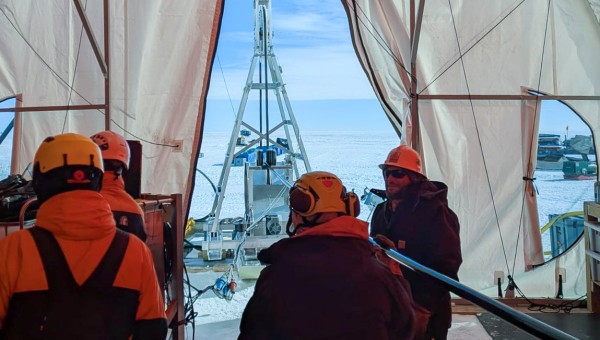
Hot water drilling gets underway!
The team have begun to melt a hole through the ice to make our well.
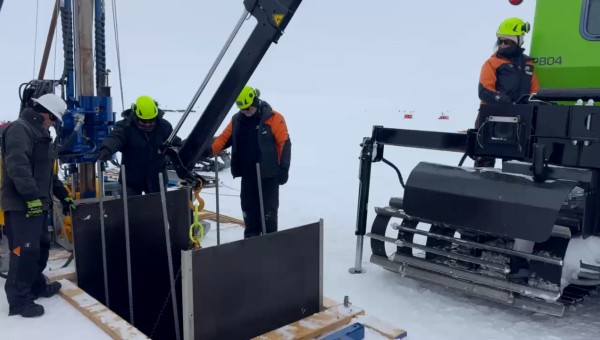
Installing the cellar
The team at Crary Ice Rise have lowered the ‘cellar’ into a 3m pit dug down into the ice.
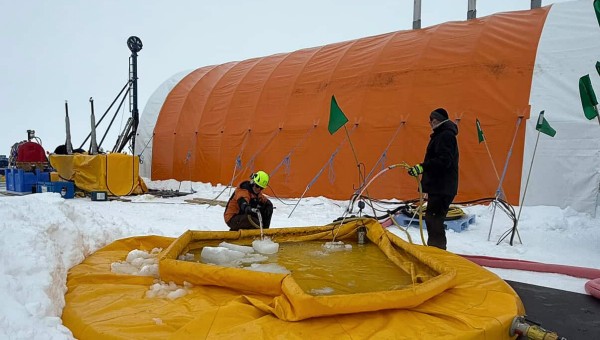
Melting snow for hot water drilling
Since arriving at Crary Ice Rise (CIR) our drill team have made great progress setting up the hot water drilling system inside the big orange drill tent, and assembling the…
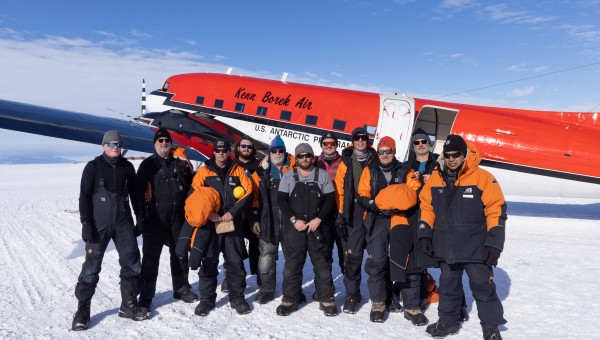
Drillers fly to Crary Ice Rise
Following some challenges with the weather, our hot water drillers and most of our AIDD (Antarctic Intermediate Depth Drill) team have arrived at our deep-field scientific drilling site at Crary…
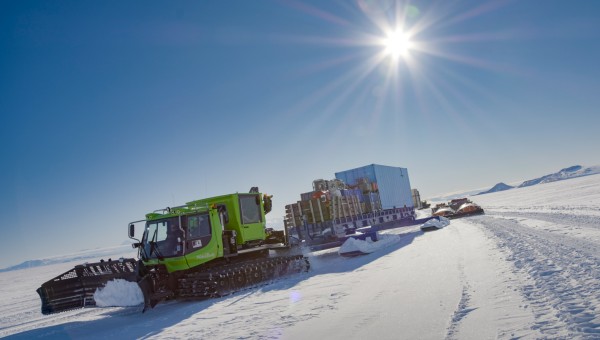
Mission for ancient climate clues beneath 500 m of Antarctic ice gets underway
An international team has set up camp 700 km from the nearest base, to drill for mud and rocks holding insights about the fate of the West Antarctic Ice Sheet.

SWAIS2C team at Scott Base
Our drillers and first of the on-ice science team have arrived at Scott Base, and are keeping busy while they wait for suitable weather to fly to Crary Ice Rise.
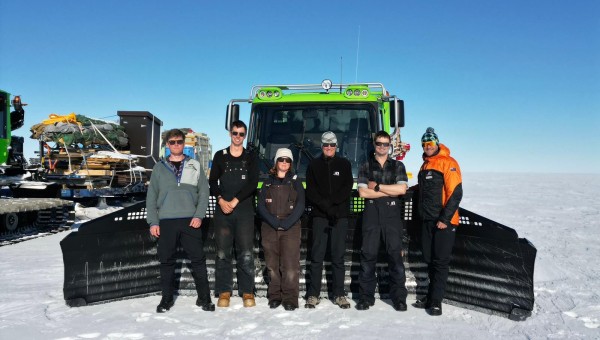
SWAIS2C’s third season is underway
It’s all go for our 2025/26 season! Antarctica New Zealand's traverse arrived at Crary Ice Rise on 21 November, after a 13-day, 1100km journey across the Ross Ice Shelf.
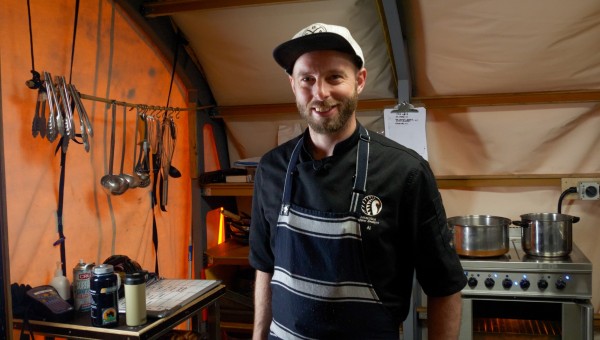
Al the Antarctic deep-field camp chef
There are many home comforts that our on-ice team had to learn to do without, but delicious meals was not one!
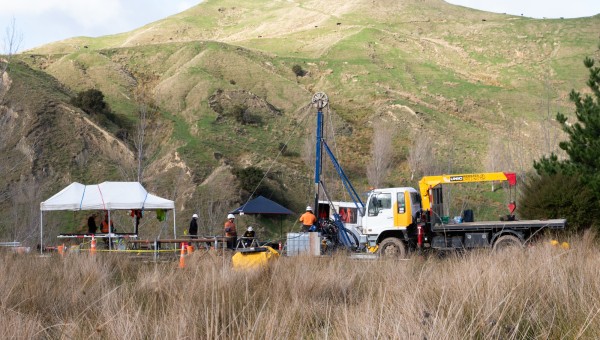
Test of modified drilling system a success
Our updated Antarctic Intermediate Depth Drill system has been put to the test in rural New Zealand and passed with flying colours.
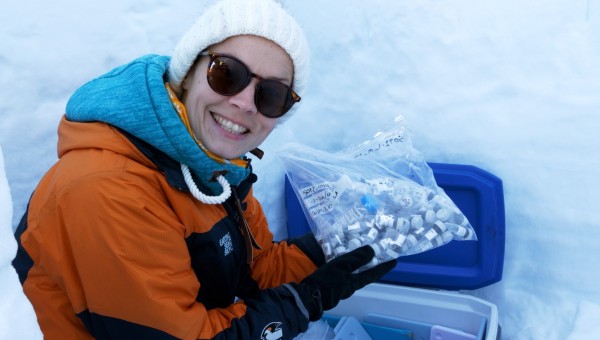
Searching for ice sheet insights in sedimentary ancient DNA
Traces of DNA left behind in seafloor sediment by past marine communities at KIS3 could reveal important information about the environmental conditions at the time they were alive.

Second KIS3 season ends
Our mission to deliver globally important science has been a roller coaster of highs and lows over the past few days.
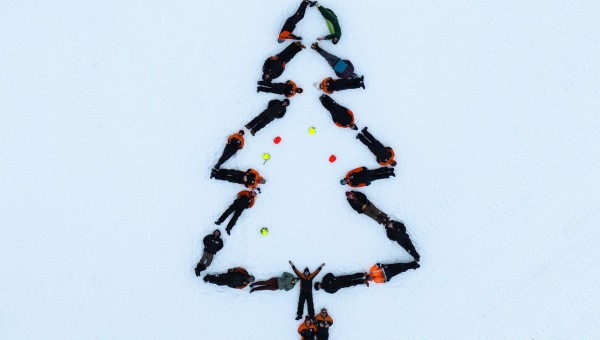
Merry KIS-mas from KIS3!
Happy Holidays and Merry KIS-mas, from the SWAIS2C on-ice team at KIS3 on the Ross Ice Shelf!
